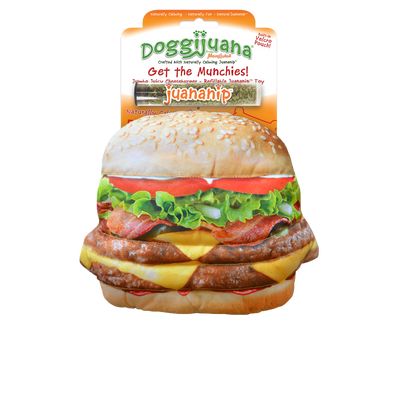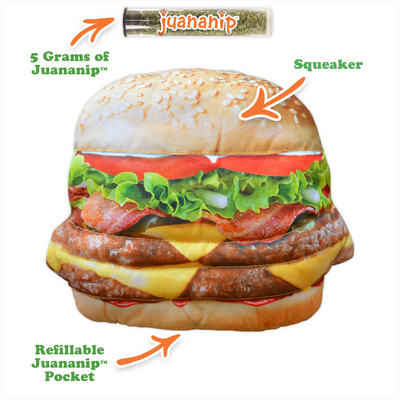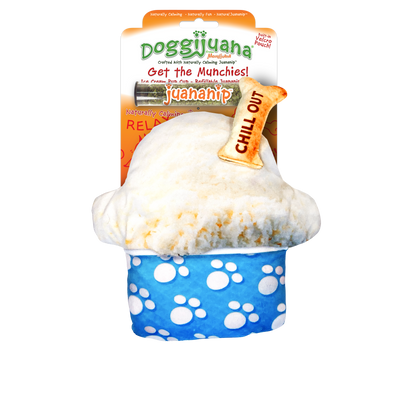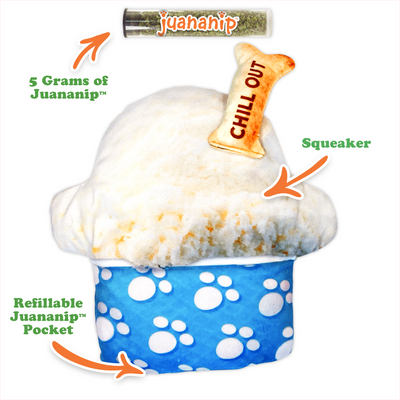Catnip, also known as Nepeta cataria, is a plant that is part of the mint family. The plant is native to Europe and Asia and the name Nepeta is believed to have come from the town of Nepete in Italy. Cataria is thought to have come from the Latin word for cat. The active ingredient, which causes unusual behavior in cats, is a volatile oil called nepetalactone, which can be found in the leaves & stem of the plant. Nepetalactone was first discovered in 1941 from catnip essential oils by Samuel McElvain at the University of Wisconsin.
Although there is no documented evidence, it is highly likely that ancient Egyptians, given their love of cats, were some of the first to give catnip to felines. Catnip has long been a highly regarded ingredient in herbal medicines and was used all the way back in medieval times.
Catnip was also used in cooking. It was brought to America in the 1800s from plant cuttings settlers brought with them. Native Americans also began incorporating catnip into their foods and medicinal therapies after being introduced to the plant by early settlers.
While historically – and more recently – there have been incidents and anecdotes of humans smoking ‘catnip’ to ‘get high,’ most evidence suggests that while catnip trips out our furry feline companions, it doesn’t have that much juice when it comes to an ‘intoxicating’ element on humans.
The most common use for catnip for humans these days is in tea form. Many tea and herbal companies sell teas either with catnip mixed in or straight. Catnip tea is purported to be useful as a stress reliever, menstrual aid, relieving flu and cold symptoms, decongestant, and digestive aid.
References:
http://catniptoy.co.uk/the-history-of-catnip/
http://www.ourherbgarden.com/herb-history/catnip.html
https://www.gaiaherbs.com/blogs/herbs/catnip
https://www.lavenderwind.com/2019/move-on-over-kitty-catnip-is-for-humans-too/
- Home
- Bloggijuana
- The History of Catnip
Curious About Catnip for Dogs?
More Blog Posts & Helpful Information

Preparing Your Pup For The Holidays
The holidays are a time for gathering with family and friends, enjoying good food, and having a great time. However, if you're a pet owner, you know that having guests over could cause some anxiety for your furry friend. In this blog post, we have compiled a list of things you can do to make sure your furry friend is prepared for the festivities to come.
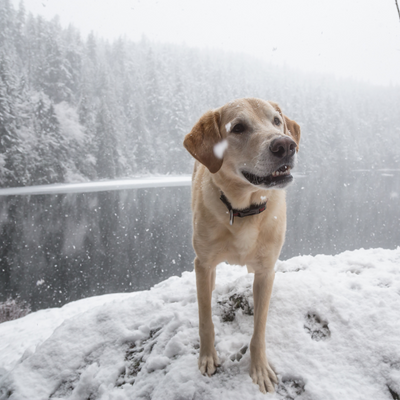
5 Creative Ways to Keep Your Pup Warm This Winter
As we approach winter time, now is the perfect time to make sure your furry pal is ready for the colder months. With all the snow, sleet, and chilly wind, it's essential to keep your pup cozy, safe, and healthy. So, we've put together a list of five essentials that every pet parent needs this winter season. From cozy coats to paw protectors, these essential items will have your furry pal feeling warm and snug all winter long.
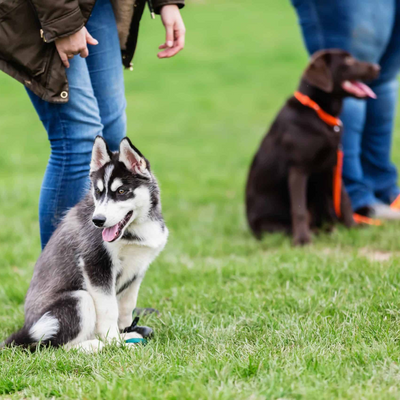
Maximizing Your Dog's Potential: Tips For Effective Training
It is important to remember that dogs require proper training to become well-behaved and obedient pets. Unfortunately, many pet owners struggle with training their furry friends and get overwhelmed with the process. In this blog, we aim to help owners maximize their dog's training potential.

Settling the Debate: Harness or Collar? The Ultimate Guide for Pet Parents
As a pet parent, one of the most critical decisions you will make is choosing a harness or collar for your dog. There are different types of collars and harnesses in the market, and it can be challenging to decide which one is best for your furry friend. Some people swear by collars; others prefer harnesses. So, which one is better? In this article, we aim to settle the debate once and for all by providing a comprehensive guide on the advantages and disadvantages of harnesses and collars.






